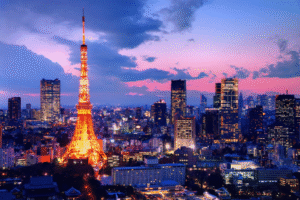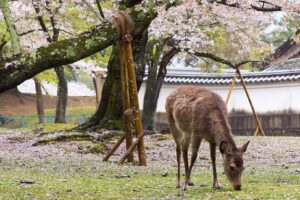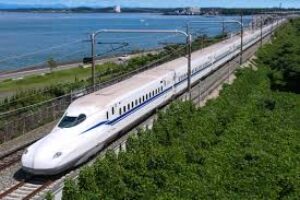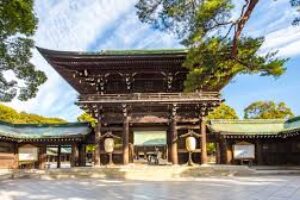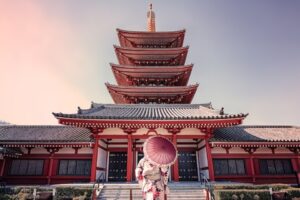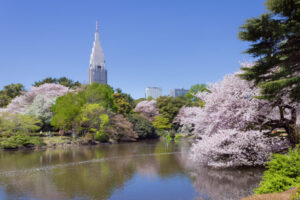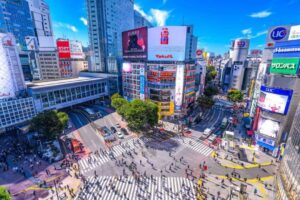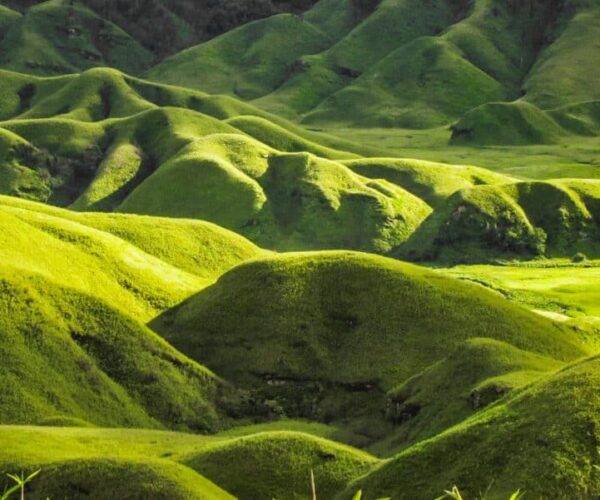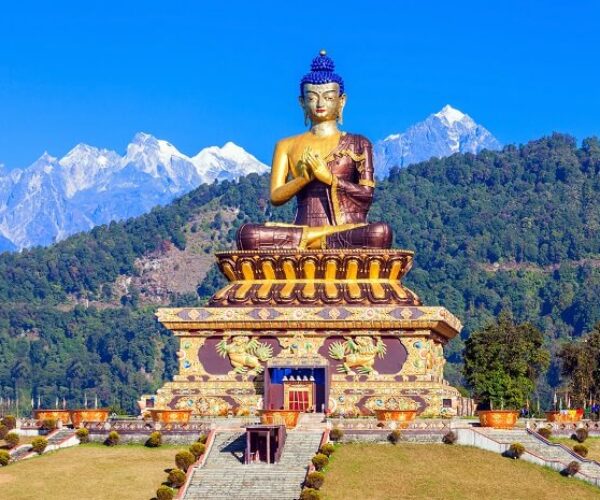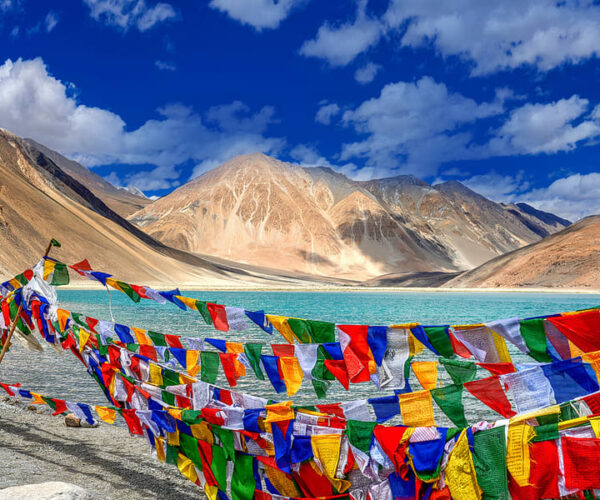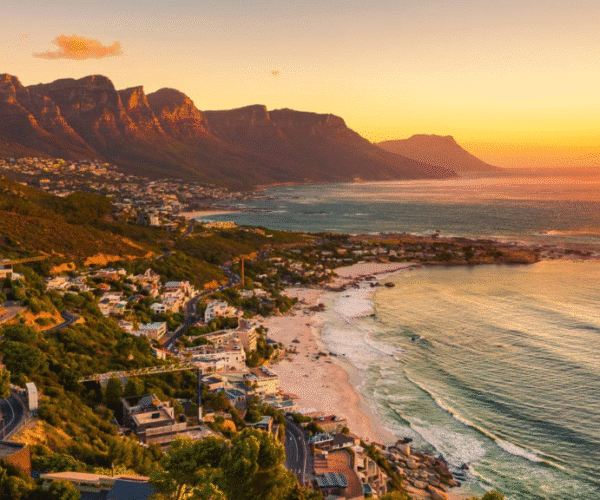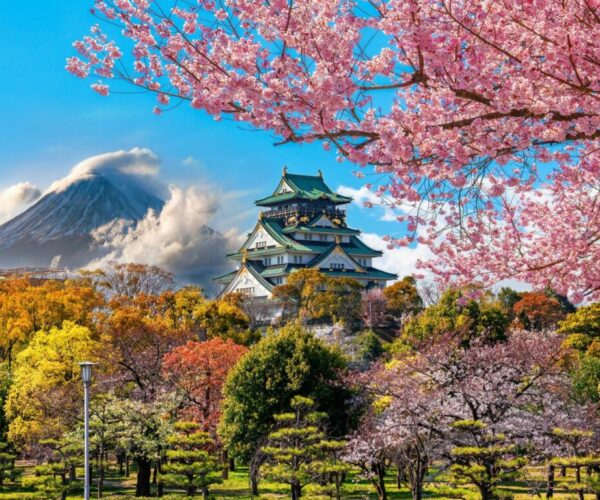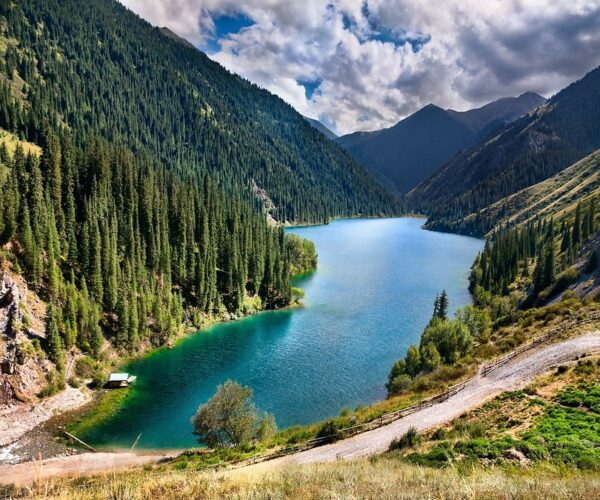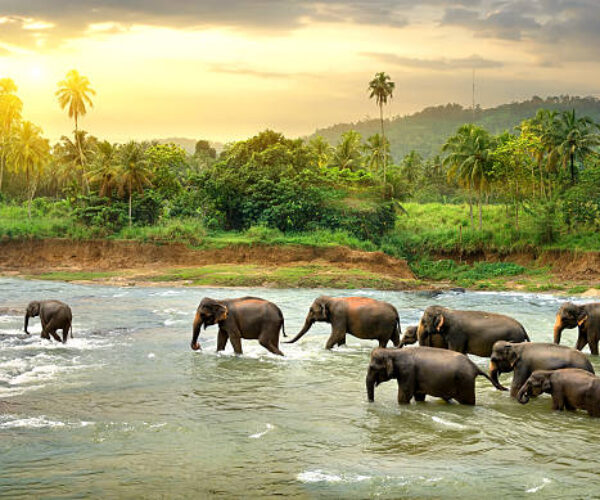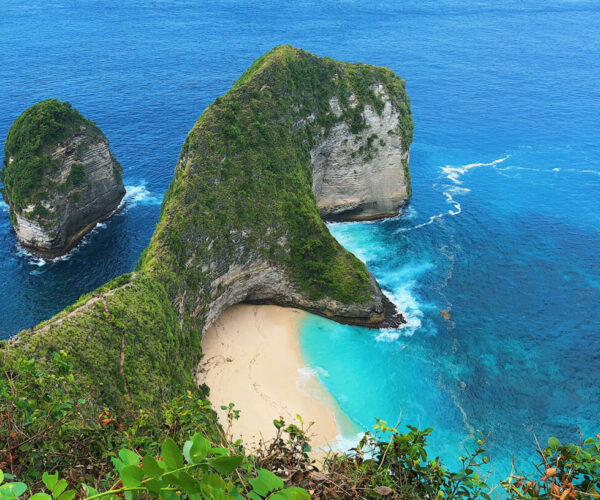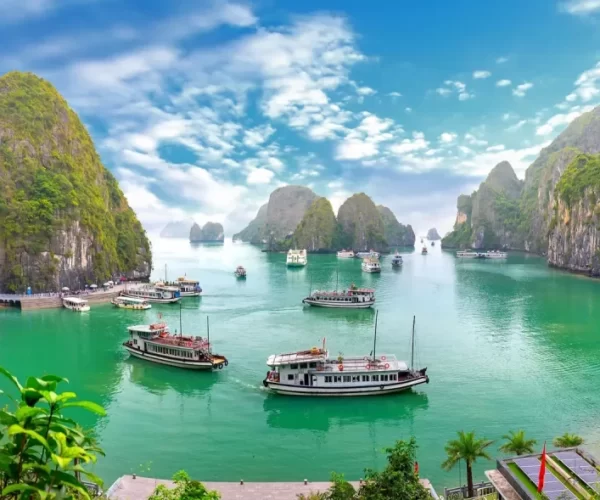Japan
Japan Tour Packages
Land of Zen, Sushi, and Samurai
Send Us An Enquiry
Overview
Japan is a captivating blend of ancient traditions and cutting-edge modernity, offering travelers a unique cultural experience. From the bustling neon-lit streets of Tokyo to the serene temples of Kyoto, the country seamlessly merges its rich history with futuristic innovation. Key highlights include iconic landmarks like Mount Fuji, historic sites such as Hiroshima’s Peace Memorial Park, and vibrant districts like Osaka’s Dotonbori for food lovers. Japan’s efficient public transport, including the famed Shinkansen bullet trains, makes exploring its diverse regions—from Hokkaido’s ski resorts to Okinawa’s tropical beaches—both easy and enjoyable. Seasonal attractions, such as cherry blossoms in spring and snow festivals in winter, add to its allure. With a reputation for impeccable hospitality, exquisite cuisine, and a deep respect for tradition, Japan promises an unforgettable journey for every traveler.
Tokyo
Tokyo is a vibrant fusion of ultramodern skyscrapers, neon-lit streets, and centuries-old temples tucked into quiet corners. From sushi breakfasts at Tsukiji to sunset views at Shibuya Crossing, the city pulses with energy day and night.
Key Attractions:
- Shibuya Crossing: Shibuya Crossing in Tokyo is one of the busiest pedestrian intersections in the world, where hundreds of people cross from all directions at once. Surrounded by neon lights, giant screens, and bustling energy, it symbolizes the vibrant pace of modern Tokyo.
- Shinjuku Gyoen National Garden: Shinjuku Gyoen National Garden is a peaceful oasis in the heart of Tokyo, blending traditional Japanese, English, and French garden styles. It’s especially popular during cherry blossom season, offering stunning scenery and a relaxing escape from the city’s hustle.
- Tokyo Skytree/Tokyo Tower: Tokyo Skytree is Japan’s tallest structure, offering breathtaking panoramic views from its observation decks and housing shops, restaurants, and an aquarium. Tokyo Tower, inspired by the Eiffel Tower, is a beloved red-and-white landmark that also provides scenic views and a nostalgic charm.
- Shinjuku: Shinjuku is a dynamic district in Tokyo known for its towering skyscrapers, bustling shopping streets, and vibrant nightlife. It’s also a major transportation hub, home to the world’s busiest train station, Shinjuku Station.
- Roppongi: Roppongi is a lively Tokyo district famous for its nightlife, international dining, and upscale shopping. It’s also a cultural hotspot, home to art museums like the Mori Art Museum and the National Art Center, Tokyo.
- Senso-ji Temple: Senso-ji Temple in Asakusa is Tokyo’s oldest and most beloved Buddhist temple, famous for its giant red lantern at the Kaminarimon Gate.
- Meiji Jingu Shrine: Meiji Jingu Shrine is a peaceful Shinto sanctuary nestled in the heart of Tokyo, dedicated to Emperor Meiji and Empress Shoken. Surrounded by a lush forest, it offers a serene escape from the city and a glimpse into Japan’s spiritual traditions.
- Tsukiji Outer Market: It’s a paradise for food lovers and a perfect way to dive into Tokyo’s culinary culture. From freshly prepared sushi to unique local snacks, it offers an unforgettable taste of Japan’s vibrant street food scene.
- Akihabara: Akihabara is Tokyo’s electric town, famous for its vibrant mix of anime culture, gaming arcades, and tech shops. It’s a must-visit for pop culture enthusiasts looking to explore Japan’s cutting-edge electronics and otaku scene.
- TeamLab Borderless or Planets: teamLab Planets immerses you in tactile sensations and hands-on activities, like walking in water. On the other hand, teamLab Borderless invites you into a digital art realm, emphasizing exploration and discovery.
- Ghibli Museum: The museum combines features of a children’s museum, technology museum, and a fine arts museum and is dedicated to the art and technique of animation.
Kyoto
Kyoto is a historic city in Japan renowned for its well-preserved temples, traditional wooden houses, and beautiful gardens. Once the imperial capital, it is home to cultural treasures like Kinkaku-ji (Golden Pavilion) and Fushimi Inari Shrine.
Key Attractions:
- Travel by Bullet train from Tokyo to Kyoto: Traveling by bullet train (Shinkansen) from Tokyo to Kyoto is a fast and convenient journey that takes about 2 hours and 15 minutes on the Nozomi train. The ride offers a smooth, comfortable experience with scenic views, including a possible glimpse of Mount Fuji on clear days.
- Experience Japan’s Traditional tea ceremony: Known as chanoyu or sado, it is a highly ritualized cultural practice centered around the preparation and serving of matcha (powdered green tea). Rooted in Zen Buddhism, this centuries-old art form embodies principles of harmony (wa), respect (kei), purity (sei), and tranquility (jaku).
- Arashiyama Bamboo Grove: The Arashiyama Bamboo Grove in Kyoto is a serene forest path lined with towering bamboo stalks that sway gently in the wind. It offers a peaceful and otherworldly walking experience, especially early in the morning or late in the afternoon.
- Gion district: The Gion district in Kyoto is famous for its traditional wooden machiya houses, teahouses, and geisha culture. Visitors often stroll its historic streets hoping to catch a glimpse of a geiko or maiko in elegant kimono.
- Nishiki Market: Nishiki Market, known as “Kyoto’s Kitchen,” is a lively, narrow shopping street lined with over a hundred food and specialty shops. It offers a wide variety of local delicacies, from fresh seafood and pickles to traditional sweets and street snacks.
- Nara Park: Nara Park is a spacious public park in Nara, famous for its freely roaming, friendly deer that are considered sacred messengers of the gods. The park is also home to historic sites like Todai-ji Temple, which houses a massive bronze Buddha statue.
- Todai-ji Temple: Todai-ji Temple in Nara is a UNESCO World Heritage site renowned for its Great Buddha Hall, one of the largest wooden structures in the world. Inside, it houses a massive bronze statue of Buddha Vairocana, symbolizing peace and enlightenment.
- Kasuga Taisha Shrine: Kasuga Taisha Shrine in Nara is a historic Shinto shrine famous for its thousands of bronze and stone lanterns, which are lit during special festivals. Founded in 768, it is nestled within a forested area and embodies traditional Japanese spiritual and architectural beauty.
Osaka
Osaka is Japan’s third-largest city, known for its vibrant street food scene, modern architecture, and lively entertainment districts like Dotonbori. It also has a rich historical heritage, with landmarks such as Osaka Castle and Shitenno-ji Temple.
Key Attractions:
- Osaka: Osaka is Japan’s vibrant culinary capital, known for its street food, lively nightlife, and friendly locals. The city also offers rich cultural experiences, including historic Osaka Castle and the bustling Dotonbori district.
- Take a day trip to Hiroshima & Miyajima Island: It is a powerful and rewarding experience, easily done via the Shinkansen bullet train (1.5 hours each way). Start at the Hiroshima Peace Memorial Park, where you can visit the haunting Atomic Bomb Dome, the moving Peace Memorial Museum, and the Children’s Peace Monument. Enjoy Hiroshima’s famous okonomiyaki (savory pancake) for lunch before exploring Hiroshima Castle. If time allows, take a short ferry to Miyajima Island to see the iconic floating torii gate of Itsukushima Shrine.
- Osaka Castle: Osaka Castle is a historic Japanese landmark originally built in the late 16th century by warlord Toyotomi Hideyoshi. Surrounded by moats and parkland, it played a major role in the unification of Japan during the Azuchi-Momoyama period.
- Universal Studios Japan: Universal Studios Japan is a popular theme park in Osaka featuring attractions based on Hollywood movies, anime, and video games. It offers immersive experiences like The Wizarding World of Harry Potter and Super Nintendo World.
- Shitenno-ji Temple: Shitenno-ji Temple, founded in 593 by Prince Shotoku, is considered Japan’s oldest officially administered Buddhist temple. Located in Osaka, it remains an important cultural and religious site with traditional architecture and peaceful gardens.
- Umeda Sky Building: The Umeda Sky Building is a striking skyscraper in Osaka known for its unique design, featuring two towers connected by a floating observatory. Its rooftop “Floating Garden Observatory” offers panoramic views of the city skyline.
Japan Through The Seasons:
The best time to visit Japan is during Spring (March to May) for cherry blossoms and pleasant weather, or Autumn (September to November) for vibrant fall foliage and comfortable temperatures. Both seasons offer beautiful scenery and numerous cultural festivals.
Getting There
By Air:
Air India offers daily direct flights from New Delhi to Tokyo’s Narita International Airport, while all major Indian cities are connected to Tokyo (Narita and Haneda airports) and Osaka (Kansai International Airport) via convenient connecting flights.
Local Transportation Within the Japan:
Japan’s local transport is efficient and punctual, with extensive train, subway, and bus networks. The JR Pass, a special travel pass for foreign tourists, offers a great value for exploring Japan, particularly when traveling between cities.
Stay and Dining
Japan offers a remarkably diverse range of stay and dining options, catering to every budget and preference, from traditional to ultra-modern. You can choose from Western-Style Hotels, Ryokan (Traditional Japanese Inns), Capsule Hotels and Hostels.
Dining in Japan: A Culinary Journey for Every Palate
Japanese cuisine is renowned worldwide for its fresh ingredients, meticulous preparation, and diverse flavors. Dining experiences can range from quick and affordable to elaborate and Michelin-starred:
Iconic Japanese Dishes: Sushi and Sashimi: From high-end sushi counters where chefs prepare pieces individually (omakase style) to casual conveyor belt sushi restaurants (kaiten – zushi), there’s an option for every budget.
Ramen: A hearty and popular noodle soup dish with countless regional variations. Ramen shops are ubiquitous and generally very affordable.
Tempura: Seafood and vegetables lightly battered and deep-fried. Can be enjoyed in specialty restaurants or as part of a larger meal.
Yakitori: Grilled skewers of chicken, vegetables, and other ingredients, often found in casual izakaya (Japanese pubs).
Udon and Soba: Thick wheat-flour noodles (udon) and thin buckwheat noodles (soba) served hot in broth or cold with dipping sauce.
Okonomiyaki and Monjayaki: Savory pancakes cooked on a griddle, often with various fillings like meat, seafood, and vegetables. Popular in regions like Osaka and Hiroshima.
Tonkatsu: Breaded and deep-fried pork cutlet, usually served with rice and shredded cabbage.

